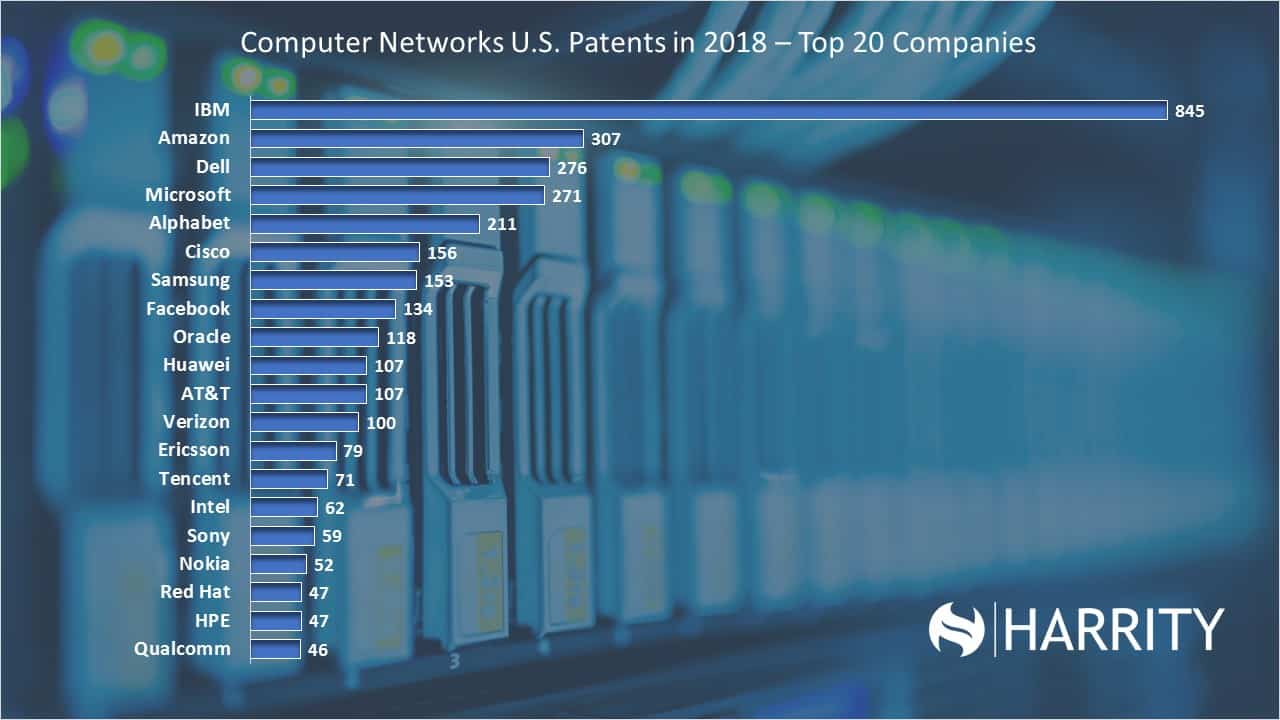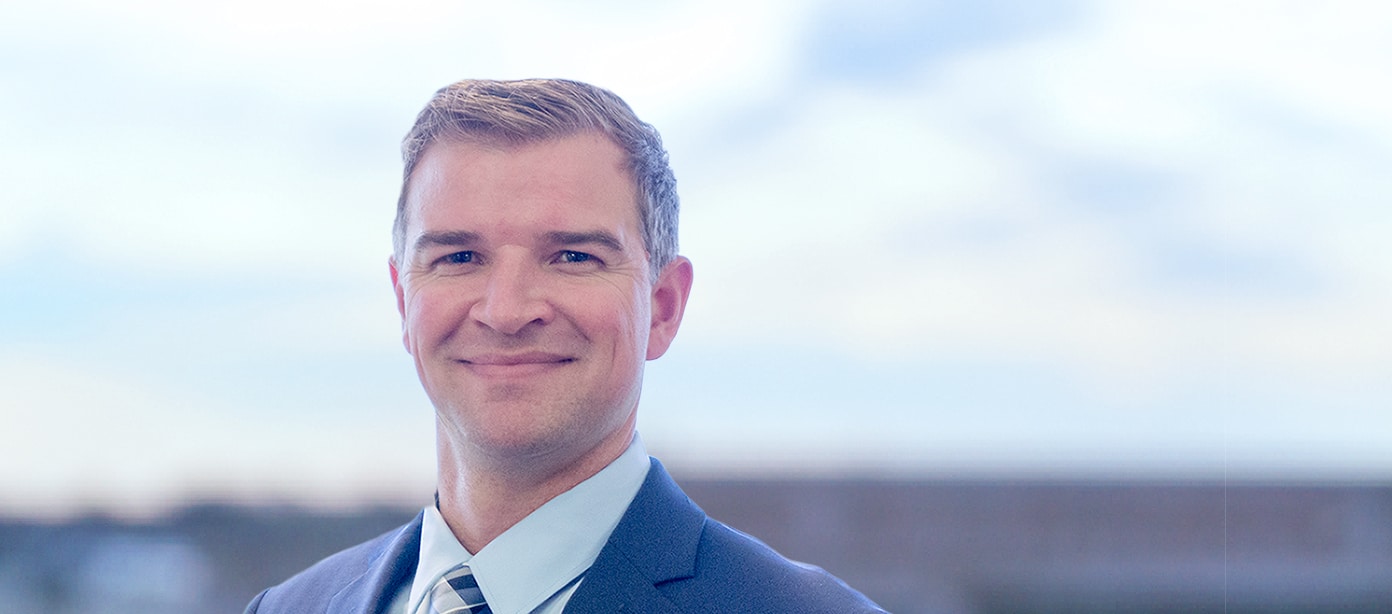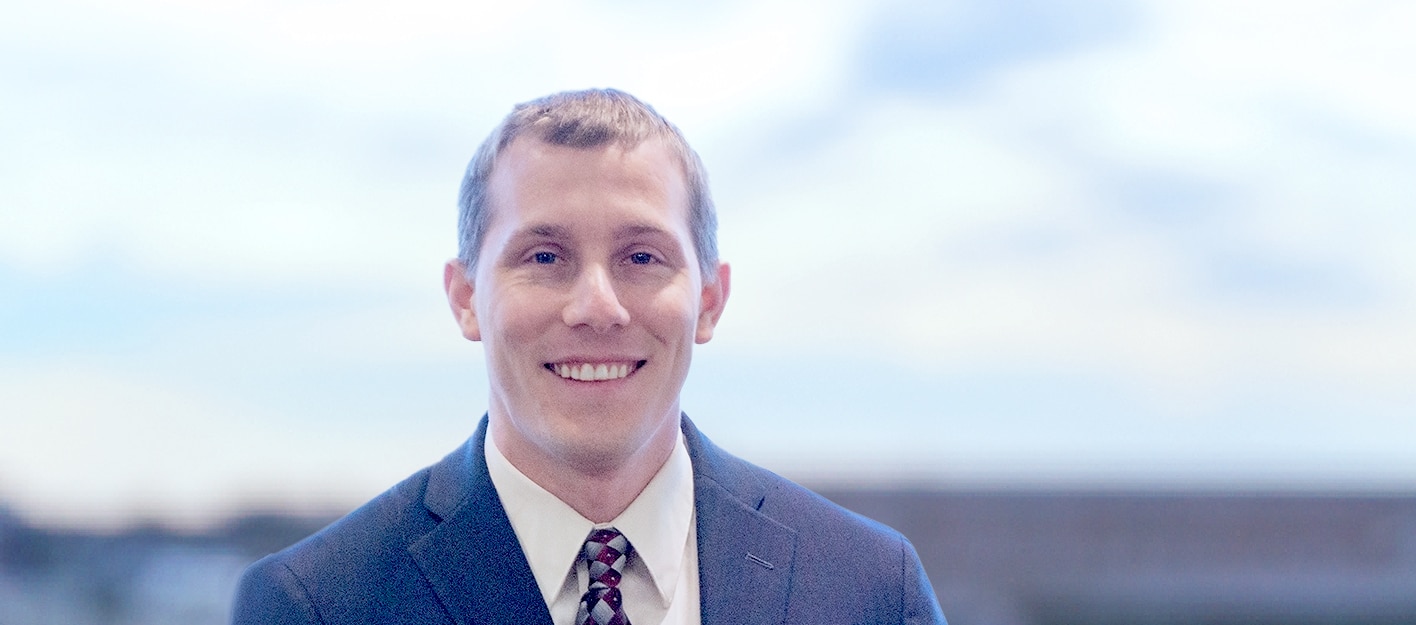Computer Networks Ranks as the #9 Technology Area in the 2019 Patent 300™ Report
By Rocky Berndsen
The 2019 Patent 300™ Report details the top 300 companies, organizations, and universities obtaining patents in the United States. Data from the report shows that nearly 70% of the U.S. patents obtained in 2018 were for electrical, software, or computer-related technologies. The top 10 technology areas, which represent 49% of the 167,164 U.S. patents obtained by Patent 300 companies in 2018, are dominated by electrical technologies.
As is shown in Chart 1, the Computer Networks technology area is the 9th largest technology area in 2018 with over 4,540 patents issued for Patent 300 companies in the U.S. The Computer Networks technology area covers United States Patent & Trademark Office (USPTO) technology classifications related to electrical computer or digital data processing system or corresponding data processing method including apparatus or steps for transferring data or instruction information between a plurality of computers wherein the computers employ the data or instructions before or after transferring and the employing affects said transfer of data or instruction information.
Chart 1 – Top 10 Technology Areas for Patent 300 (2018 U.S. Patents)
| Rank | Patent 300 Technology Area | 2018 U.S. Patents | Percentage of Total 2018 U.S. Patents |
|---|---|---|---|
| 1 | Semiconductors/Memory | 15,153 | 9% |
| 2 | Electrical Circuits and Systems | 13,215 | 8% |
| 3 | Multiplex and VoIP | 9,875 | 6% |
| 4 | Optics | 9,003 | 5% |
| 5 | Printing/Measuring and Testing | 8,641 | 5% |
| 6 | Thermal & Combustion Technology, Motive & Fluid Power Systems | 7,017 | 4% |
| 7 | Selective Visual Display Systems | 4,855 | 3% |
| 8 | Telecommunications: Analog Radio Telephone; Satellite and Power Control; Transceivers, Measuring and Testing; Bluetooth; Receivers and Transmitters; Equipment Details | 4,761 | 3% |
| 9 | Computer Networks | 4,544 | 3% |
| 10 | Cryptography and Security | 4,311 | 3% |
When you look at the top 20 companies obtaining patents in the Computer Networks technology area, shown in Chart 2, all of the companies are large global technology companies such as IBM (#1), Amazon (#2), Alphabet (#5), and Facebook (#8). IBM ranks #1 on the list having obtained 845 U.S. patents in the Computer Networks technology area, which is a 5% increase over 2017. 9% of IBM’s U.S. patents obtained in 2018 are classified in the Computer Networks technology area. Samsung (#7) has the largest year over year increase in Computer Networks patents at 33%, while Nokia (#17) had the largest decrease at -62%. While the companies in the top 20 are all large global technology companies, they cover a range of industries including enterprise IT, social media, telecommunications, consumer electronics, and more.
Chart 2 – Top 20 Companies by U.S. Patents in Computer Networks
| Patent 300 Company Name | Patent 300 Rank in Computer Networks | Computer Networks Patents 2018 | % of Company’s 2018 U.S. Patents | Computer Networks Patents 2017 | Change from 2017 Patents |
|---|---|---|---|---|---|
| IBM | 1 | 845 | 9% | 806 | 5% |
| Amazon | 2 | 307 | 14% | 250 | 19% |
| Dell | 3 | 276 | 13% | 216 | 22% |
| Microsoft | 4 | 271 | 11% | 294 | -8% |
| Alphabet | 5 | 211 | 8% | 280 | -33% |
| Cisco | 6 | 156 | 18% | 178 | -14% |
| Samsung | 7 | 153 | 2% | 103 | 33% |
| 8 | 134 | 18% | 181 | -35% | |
| Oracle | 9 | 118 | 16% | 114 | 3% |
| AT&T | 10 | 107 | 8% | 132 | -23% |
| Huawei | 11 | 107 | 5% | 102 | 5% |
| Verizon | 12 | 100 | 15% | 100 | 0% |
| Ericsson | 13 | 79 | 6% | 110 | -39% |
| Tencent | 14 | 71 | 22% | 90 | -27% |
| Intel | 15 | 62 | 2% | 75 | -21% |
| Sony | 16 | 59 | 3% | 53 | 10% |
| Nokia | 17 | 52 | 6% | 84 | -62% |
| HPE | 18 | 47 | 9% | 34 | 28% |
| Red Hat | 19 | 47 | 15% | 52 | -11% |
| Qualcomm | 20 | 46 | 2% | 72 | -57% |
For more detailed information about this technology area, or any other data related to the 2019 Patent 300™ Report, please visit harrityllp.com/patent300/ or contact Rocky Berndsen directly via email at rberndsen@harrityllp.com.



